Nestled in the Horn of Africa, Djibouti is a captivating and enchanting country, overflowing with natural splendor and rich cultural heritage. From its mesmerizing salt lakes to its lively markets, Djibouti offers a unique mix of experiences for those looking for adventure and exploration.
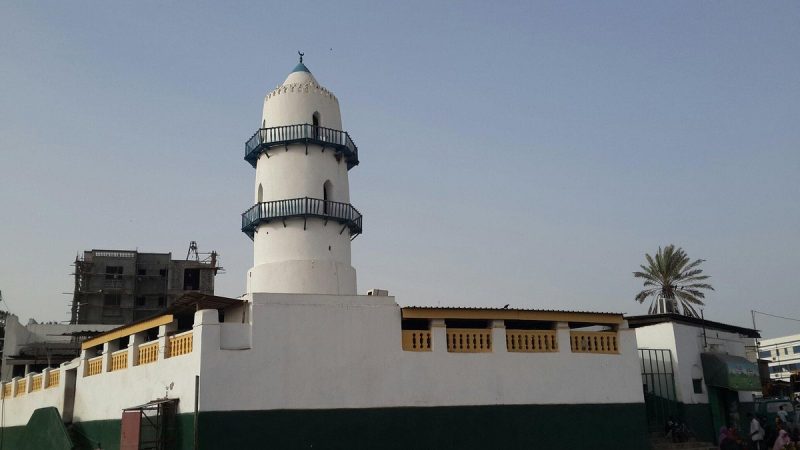
In this guide, we’ll take you through some of the most remarkable landmarks in Djibouti, giving you all the information you need to make the most of your visit. Whether you’re an experienced traveler or just curious about this lesser-known destination, you’ll find plenty of useful tips and insights here.
Get ready to be captivated by the stunning landscapes and diverse attractions that Djibouti has to offer. Often overlooked, this country is a hidden treasure filled with natural wonders and cultural highlights that will leave you in awe. From the surreal scenery of Lake Assal to the vibrant streets of Djibouti City, every part of this nation has something new and exciting to discover.
Picture yourself standing on the shores of Lake Abbe, surrounded by towering limestone formations that rise like ancient guardians. Imagine the excitement of diving into the clear waters of the Gulf of Tadjoura, where colorful coral reefs are home to a variety of exotic marine life. These are just a few examples of the unforgettable experiences waiting for you in Djibouti.
Join us as we explore this enchanting land, revealing its hidden gems and must-see landmarks. By the end of this journey, you’ll be eager to pack your bags and embark on your own adventure in Djibouti. So, are you ready to uncover the secrets of this incredible country? Let’s get started!
Overview of Monuments and Landmarks in Djibouti

For those with a taste for adventure, Djibouti presents a plethora of attractions for the curious traveler. The country’s monuments provide a fascinating glimpse into its rich history, making it an intriguing destination for history buffs. Djibouti also serves as a serene retreat for those seeking a more relaxed vacation, with its varied landscapes offering endless opportunities for exploration.
Beyond its historical sites, the nearby Moucha Islands and coastal beaches invite visitors to unwind and soak in the natural beauty. The desert plains and lakeside vistas offer both tranquil spots for relaxation and thrilling activities for the more adventurous. If you’re eager to delve into Djibouti’s significant landmarks, this comprehensive guide will be your perfect companion.
Djibouti Capital City
Djibouti City, the capital of Djibouti in East Africa, is a small yet significant nation nestled between Eritrea and Somalia. Its prime location at the entrance of the Red Sea makes it a bustling hub for global trade. With a population exceeding 823,000, the city is a melting pot of diverse ethnic communities.
The city is famous for its lively markets, eateries offering traditional dishes, and an energetic nightlife scene. It also hosts numerous government buildings, ministries, and foreign embassies. As a key port city, Djibouti City plays a crucial role in facilitating travel and cargo movement between Europe, Africa, and the Middle East.
Famous Landmarks in Djibouti
Abourma Rock Art Site djibouti
The Abourma Rock Art Site in Djibouti offers a captivating glimpse into ancient history. Nestled in the northeastern part of the country, this site boasts some of the most remarkable rock art found in the Horn of Africa.
The artwork at Abourma provides a vivid portrayal of the lives and activities of people who inhabited the area thousands of years ago. Spanning approximately 1.5 square kilometers, the site features hundreds of images etched into the rock.
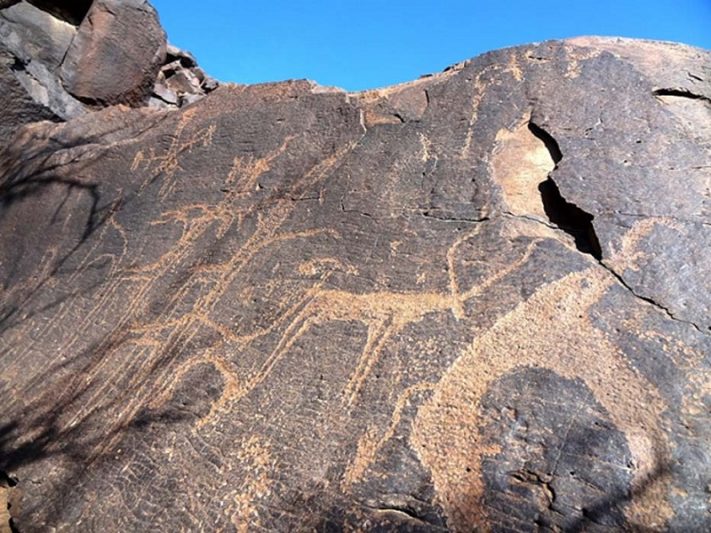
These artworks are thought to have been created by nomadic tribes during the Neolithic era, roughly 4,000 to 6,000 years ago. The rock paintings illustrate various scenes from daily life, including hunting and dancing. Additionally, they depict animals such as giraffes, antelopes, and camels, offering a window into the fauna that once roamed the region.
Governor’s House
The Governor’s House in Djibouti stands as a prominent landmark with deep historical significance. Nestled in the heart of Djibouti City, this impressive structure was built in the early 20th century and originally served as the residence for the French Governor during the colonial period.
Today, the Governor’s House embodies Djibouti’s rich cultural legacy and remains a key political and cultural hub. Its majestic architecture reflects the French colonial influence that once shaped the region.
Surrounded by lush gardens, the Governor’s House is a prime example of French art-deco design. Its striking façade features beautiful arches, intricate carvings, and ornate balconies. Inside, visitors can find an array of historical artifacts, including vintage photographs, maps, and documents that narrate Djibouti’s storied past.
European Quarter
The European Quarter in Djibouti stands out as a remarkable and historic district, showcasing the city’s French colonial heritage. This area is rich with culturally and historically significant buildings and structures. It also serves as a central hub for various businesses, embassies, and organizations.
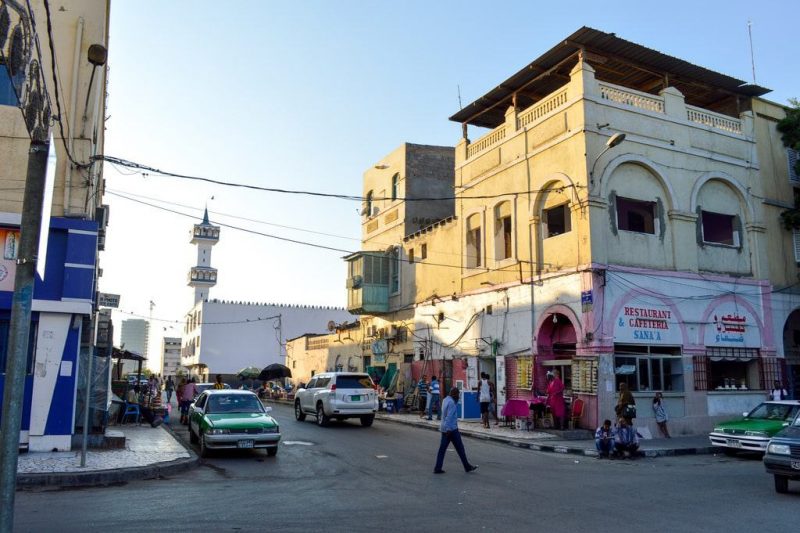
Nestled in the city’s core, the European Quarter boasts several historical edifices dating back to the early 1900s.
These structures were erected during the French colonial era and have been meticulously preserved over the years. Their architecture is a captivating blend of French and local styles, making them truly unique.
One of the most notable landmarks in this area is Sainte-Anne Church, constructed in 1896. As one of Djibouti’s oldest churches, it features a distinctive architectural style that merges French and African elements. The church’s stained-glass windows are particularly stunning and definitely worth a visit.
Ras Bir Lighthouse
Perched on a cliff’s edge with a commanding view of the Gulf of Tadjourah, Ras Bir Lighthouse is a celebrated landmark in Djibouti. Built in 1917 by the French colonial authorities, its primary purpose was to help ships navigate the perilous waters near the Horn of Africa.
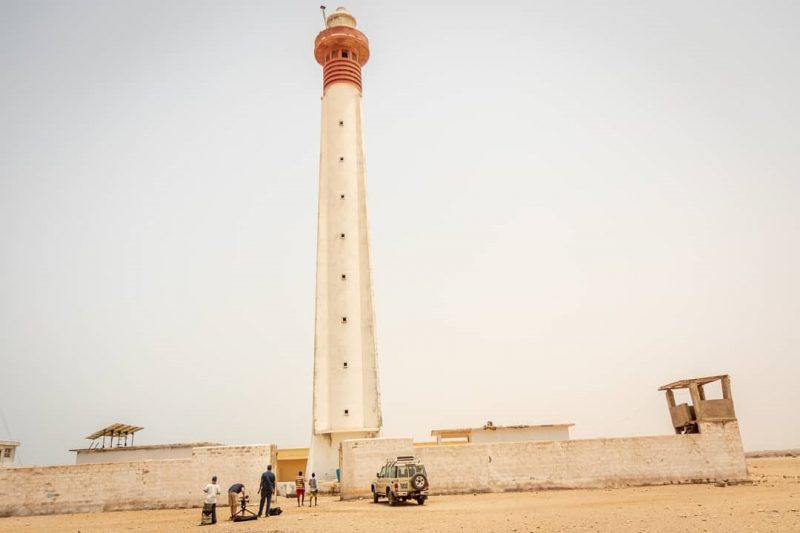
Standing 45 meters tall, this lighthouse boasts an impressive range of over 20 nautical miles, making it a crucial navigational tool in the area. The design was crafted by none other than Gustave Eiffel, the renowned architect behind Paris’s Eiffel Tower.
Situated on the eastern shore of the Gulf of Tadjourah, near Obock town, Ras Bir Lighthouse attracts numerous visitors each year. Those who climb to its summit are rewarded with stunning panoramic views of the surrounding scenery.
Today, Ras Bir Lighthouse is more than just a navigational aid; it symbolizes Djibouti’s rich maritime history and cultural heritage. It also stands as a testament to Gustave Eiffel’s remarkable engineering prowess, which has left an indelible mark on iconic structures worldwide.
Hamoudi Mosque
The Hamoudi Mosque, constructed in 1897 by Haji Hamoudi, is one of the oldest mosques still standing in the capital city. Nestled in the bustling heart of Djibouti City, the Hamoudi Mosque is a cherished cultural gem. Renowned for its striking architecture and deep historical roots, it holds a special place as one of the most beautiful and significant religious sites in the Horn of Africa.
This mosque not only serves as a spiritual haven but also attracts numerous visitors, both local and international, who are drawn to its unique charm.
Named after its founder, Sheikh Hamoudi—a respected Islamic scholar from Yemen—the mosque’s construction was a labor of love funded entirely by him. Sheikh Hamoudi arrived in Djibouti in the early 1900s and saw through the mosque’s completion in 1906. Over the years, it has grown to be an integral part of Djibouti’s cultural and historical landscape.
The People’s Palace
The People’s Palace in Djibouti City stands as a powerful testament to the nation’s history and the enduring spirit of its people. As a monument, it encapsulates the essence of Djibouti’s struggle for independence and serves as a poignant reminder of the sacrifices made by its liberators. The inclusion of symbolic elements, such as the shield of the nomad, underscores the resilience and strength that characterized the fight for freedom.
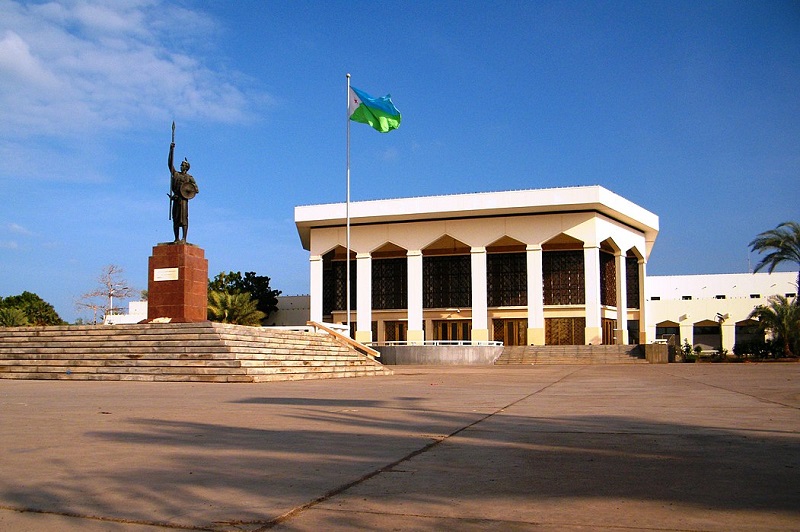
This monument is more than just a physical structure; it is a beacon of patriotism and national pride. It honors those who fought for Djibouti’s sovereignty and independence, ensuring that their legacy continues to inspire future generations. The People’s Palace is a place where the past and present converge, offering a space for reflection on the nation’s journey towards freedom and the values that underpin its identity.
In essence, the People’s Palace is a cornerstone of Djiboutian heritage, embodying the collective memory of struggle, resilience, and triumph. It stands as a symbol of unity and determination, celebrating the spirit of a people who overcame adversity to secure their place in history.
Things to Do in Djibouti
Arta Beach
Arta Beach, a hidden gem along Djibouti’s coastline in the Arta region, is a paradise for nature enthusiasts and thrill-seekers. This stunning beach is a must-see for anyone wanting to immerse themselves in the country’s natural splendor. With its immaculate sands and clear waters, Arta Beach invites visitors to partake in various activities that promise both relaxation and adventure.
Picture yourself soaking up the sun, feeling the fine sand underfoot as you wander along the shore. For those craving more excitement, the inviting waters are ideal for a refreshing swim or an exhilarating snorkeling session. As you explore, keep an eye out for the rich wildlife that inhabits this coastal haven—you might spot dolphins playing in the surf or sea turtles gliding gracefully through the water.
Whether you’re planning a serene picnic on the beach or an adventurous wildlife-watching trip, Arta Beach offers experiences that will create unforgettable memories and make you want to return again and again.
Tadjoura: The White City
Tadjoura, known as the White City for its striking whitewashed architecture, stands as one of Djibouti’s most ancient settlements. Nestled along the Gulf of Tadjoura, this coastal gem seamlessly merges historical depth with natural splendor.
Highlights of Tadjoura
Historical Landmarks: Wander through time by visiting age-old mosques and buildings from the colonial era, each narrating a chapter of Tadjoura’s rich history.
Breathtaking Vistas: Take in sweeping views of the Gulf from numerous scenic spots scattered throughout the town.
Cultural Immersion: Feel the genuine warmth of the Afar people and dive into the vibrant local markets for an authentic cultural experience.
Moucha Island: A Diver’s Paradise
Moucha Island, a tropical treasure off Djibouti’s coast, is a diver’s dream come true. This enchanting island has become one of Djibouti’s top tourist spots, offering a serene yet thrilling escape for all who visit. With its immaculate beaches and transparent waters, Moucha Island is an ideal destination for sunbathing, swimming, or delving into the vibrant marine life below.

Adventure seekers can dive into activities like snorkeling, scuba diving, and fishing to get their hearts racing. A boat tour around the island reveals hidden coves and secret nooks waiting to be explored. For those who prefer a more laid-back experience, lounging on the beach while soaking in the stunning scenery is equally rewarding.
Whether you’re an experienced diver or simply in need of a peaceful retreat, Moucha Island caters to all tastes. Don’t hesitate—plan your journey to Moucha Island now and immerse yourself in the ultimate tropical escape!
Lake Assal: The Jewel of Djibouti
Lake Assal is one of the most iconic landmarks in Djibouti and holds the title of being the lowest point in Africa at 155 meters below sea level. This saline lake is renowned for its striking turquoise waters and salt-crusted shores, creating a surreal landscape that feels almost otherworldly.
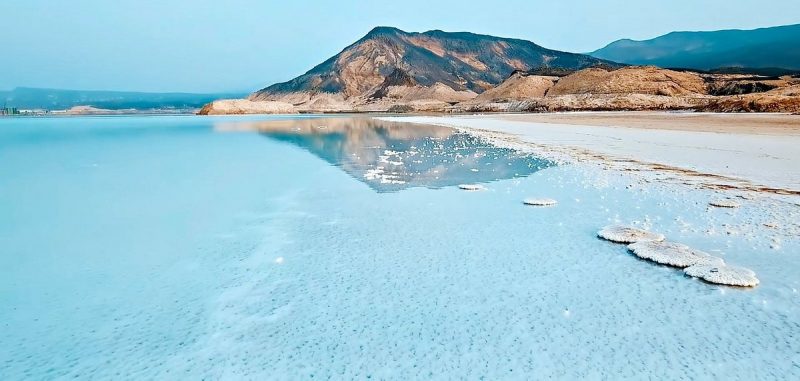
Why Visit Lake Assal?
Unique Natural Beauty: The stark contrast between the white salt flats and the blue waters makes for breathtaking scenery.
Geological Significance: Lake Assal is part of the Afar Triangle, a geological depression that is slowly splitting apart due to tectonic activity.
Cultural Experience: The lake is an important site for local salt mining, providing insight into traditional practices.
Ali Sabieh: Gateway to Adventure
Ali Sabieh is a town located near Djibouti’s border with Ethiopia and serves as a gateway to some of the country’s most thrilling outdoor activities. From rock climbing to desert excursions, Ali Sabieh has something for every adventure enthusiast.
Activities in Ali Sabieh
Rock Climbing: Test your skills on challenging rock formations found in nearby areas like Grand Bara Desert.
Desert Safaris: Embark on guided tours through vast desert landscapes where you can witness stunning sunsets over sand dunes.
Cultural Encounters: Interact with local communities such as Somali herders who call this region home.
Ghoubbet al-Kharab: The Devil’s Cauldron
Ghoubbet al-Kharab translates to The Devil’s Cauldron, an evocative name befitting this dramatic bay located at western end Gulf Tadjoura where volcanic activity has shaped rugged terrain over millennia creating awe-inspiring vistas unlike anywhere else world!
Exploring Ghoubbet al-Kharab
Volcanic Landscapes: Witness firsthand power nature observing lava fields craters formed ancient eruptions still visible today!
Boat Tours: Take boat tour across bay marvel towering cliffs surrounding area while learning about geological history region knowledgeable guides!
Marine Life Encounters: Spot dolphins whales frequent these waters making unforgettable wildlife sightings possible during your visit!
Most Visited Places in Djibouti
Place Menelik
Menelik Square is a lively and captivating central gathering place in Djibouti City. It’s not just a simple intersection, but a vibrant hub that attracts both locals and tourists to experience the true essence of Djiboutian culture. The square is surrounded by an enticing variety of shops, charming cafes, and delicious restaurants, offering something for everyone.
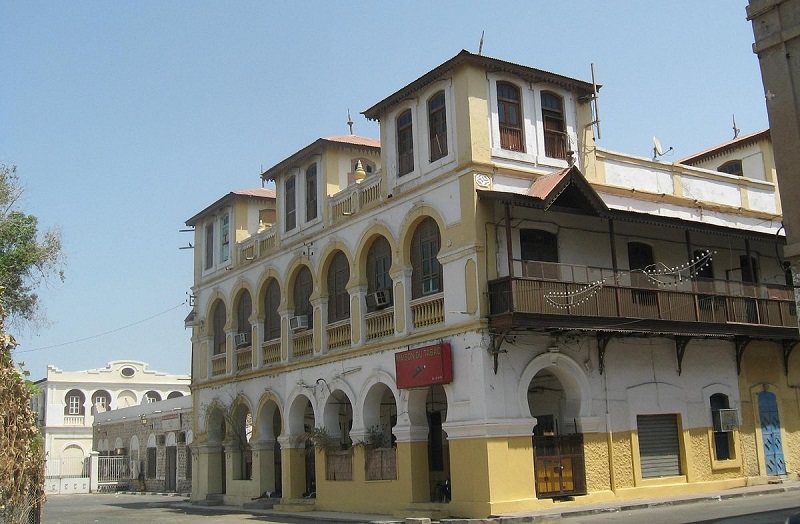
Whether you want to leisurely shop, indulge in local delicacies, or simply soak in the atmosphere by people-watching, this square has it all. Additionally, the area is home to significant landmarks that showcase the city’s rich history and political importance, such as the impressive People’s Palace and the stately Presidential Palace.
With its perfect combination of leisure, culture, and history, Menelik Square is a must-visit destination that will leave you enchanted and eager to explore more of what Djibouti City has to offer. Don’t miss the chance to immerse yourself in this dynamic and unforgettable square!
Djibouti’s Marine Life
Diving and Snorkeling in Djibouti
Hey ocean enthusiasts! If you’re on the hunt for an incredible underwater experience, you absolutely need to consider Djibouti. Nestled on the Horn of Africa, this hidden treasure is often overlooked but offers some of the best diving and snorkeling around. The coastal waters here are teeming with a rich variety of marine life, making it a paradise for those who love exploring beneath the waves.
Imagine swimming through pristine waters, surrounded by vibrant coral reefs and schools of colorful tropical fish. And if fortune smiles upon you, you might even encounter majestic whale sharks or playful dolphins. Whether you’re a seasoned diver or just starting out, Djibouti has something to offer everyone. So dust off your snorkel gear and prepare yourself for an unforgettable underwater journey!
Whale Shark Watching
Observing whale sharks in their natural setting has become a beloved activity among eco-tourists worldwide. These enormous, gentle creatures are the largest fish species on the planet and attract nature enthusiasts, particularly from November to January along the coast of Djibouti. During this season, visitors have the unique opportunity to encounter these majestic animals up close.
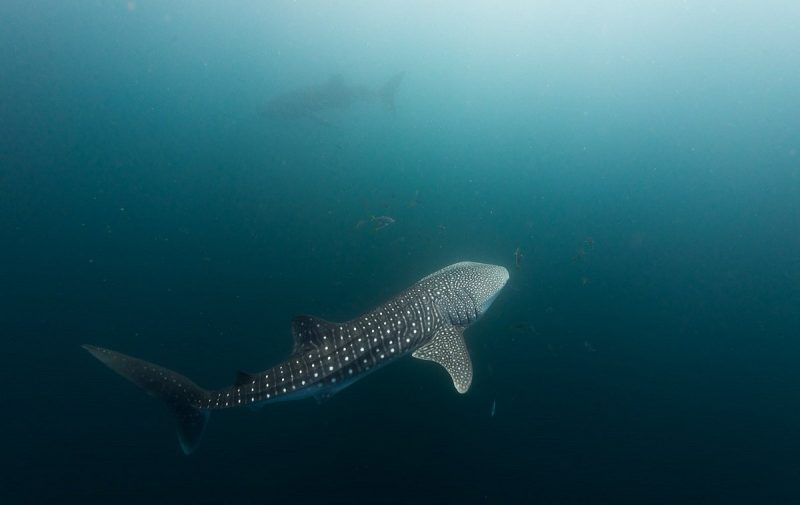
Numerous tour operators specialize in whale shark tours, offering guests a chance to experience the tranquil beauty of these filter-feeders, known for their docile behavior and striking spotted patterns. While swimming with these colossal sharks is an exhilarating experience, it is crucial for all participants to practice ethical wildlife observation to ensure the health of the whale sharks and the conservation of their marine habitat.
Final Thoughts on Monuments and Landmarks in Djibouti.
Djibouti may be small but packed full incredible landmarks waiting discovered! From surreal beauty Lake Assal lush greenery Day Forest National Park vibrant underwater world Moucha Island there truly something everyone here! So why wait? Start planning your trip today uncover hidden gems awaiting you heart Horn Africa!
Have you ever visited any these amazing landmarks? Share your experiences comments below let us know what other hidden gems should explore next time we’re Djibouti!

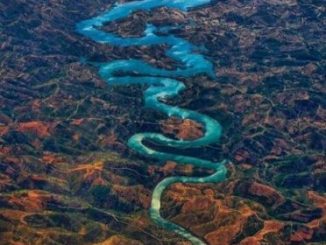
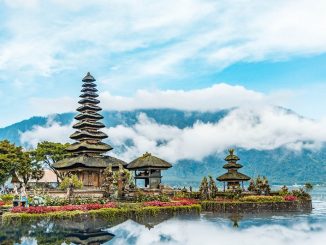
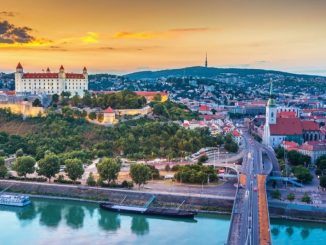

Be the first to comment